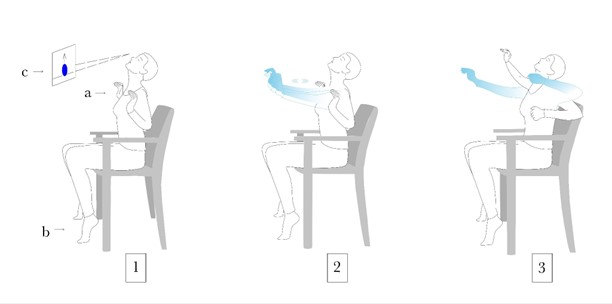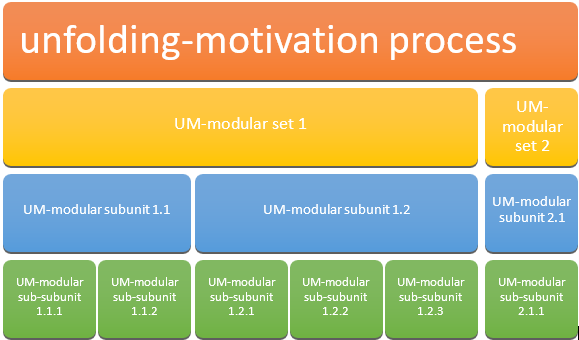UM Centre
Unfolding-Motivation Centre
Practical Centre for Psychotherapy, Pedagogy, Medicine, and Human Ethology
The Unfolding-Motivation Centre serves as a practical and research institution dedicated to psychotherapy, pedagogy, medicine, evolutionary biology, and human ethology. Its primary focus is the investigation of unfolding phenomena—spontaneous movements and inner images first documented in 2015 during hypnotherapy sessions.
At that time, patients reported the emergence of abstract inner images that could not be classified as fantasy or memory. Approximately six months later, the first spontaneous bodily movements occurred during hypnotherapy, initially considered independent events. By 2017, it became evident that these movements and images could evolve into coherent movement sequences, forming distinct patterns within the therapeutic process.
Between 2017 and 2020, the underlying evolutionary and organizational principles of these phenomena were studied, leading to the description of the unfolding process (Chovanec, 2020). Subsequent analyses demonstrated that these phenomena appear across patients of various ages and clinical backgrounds and can be categorized into modular sets and subunits reflecting adaptive responsiveness and developmental plasticity.
The motivational dimension of the unfolding process was explored through sequential analyses of communication and behavior, based on Maslow’s hierarchy of needs. This research resulted in the theoretical expansion of Maslow’s “being” and “growth motivation” into the concept of unfolding motivation—a form of motivation oriented toward reorganization, renewal, and intrinsic self-development.
Within therapy, unfolding phenomena emerge spontaneously under conditions of non-judgmental awareness and are conceptually linked to Rossi’s implicit processing heuristic and Ericksonian hypnotherapy. These approaches emphasize natural cycles of activation and regeneration that facilitate adaptive reorganization on psychophysiological and cognitive levels. The role of the psychotherapist in fostering deficit, growth, and unfolding motivation is central to this method.
The phenotypic reorganization phases of these phenomena have been systematically documented and analyzed in correspondence with the unfolding motivational process. Observations revealed a consistent alignment between the five main unfolding phases—abstraction, diversification, unification, deletion, and novelty—and the sequential structure of adaptive responsiveness.
The phenomena were further classified into modular sets: Activating Modular Set, Balancing Modular Set, Healing/Sensory Modular Set, Cognitive Modular Set, Innovative Modular Set, Set for Forming Consciousness.



The Centre’s ongoing objective is to conduct systematic research and practical application of unfolding phenomena and to establish a comprehensive ethogram of these processes during hypnotherapy. This ethogram aims to serve as a resource for psychotherapists, researchers, and educators interested in the dynamic interplay between motivation, adaptation, and organization in human behavior.
Collaborative partnerships with universities, institutes, and students are actively encouraged to advance empirical study, documentation, and theoretical integration of these findings within the fields of neuroscience, psychotherapy, and human ethology.
Dr. Erika Chovanec
Vorgartenstraße 129-143/3/1-2
1020 Vienna, Austria
Tel: +43 699 11692185
Email: info@unfolding-motivation.com
Unfolding Motivation Center
More information to follow (stay tuned)...

